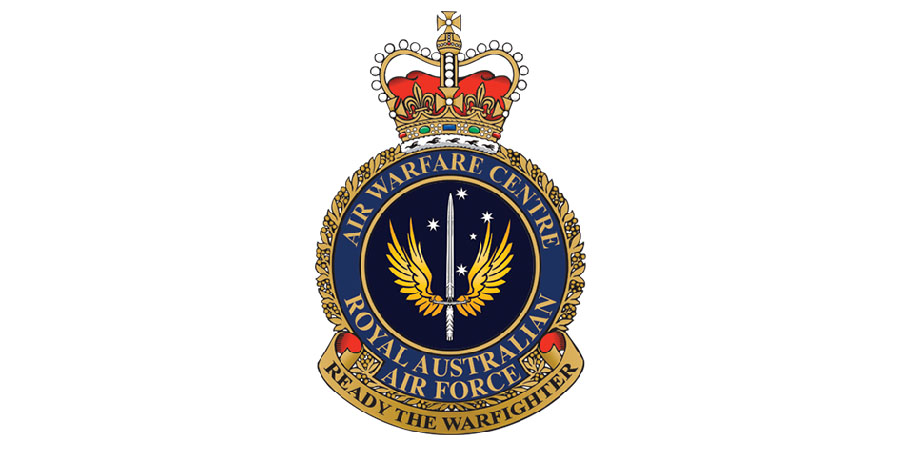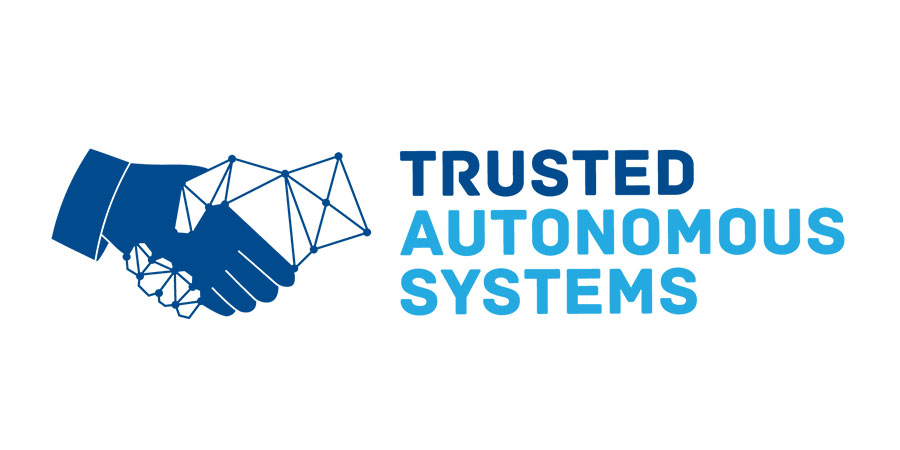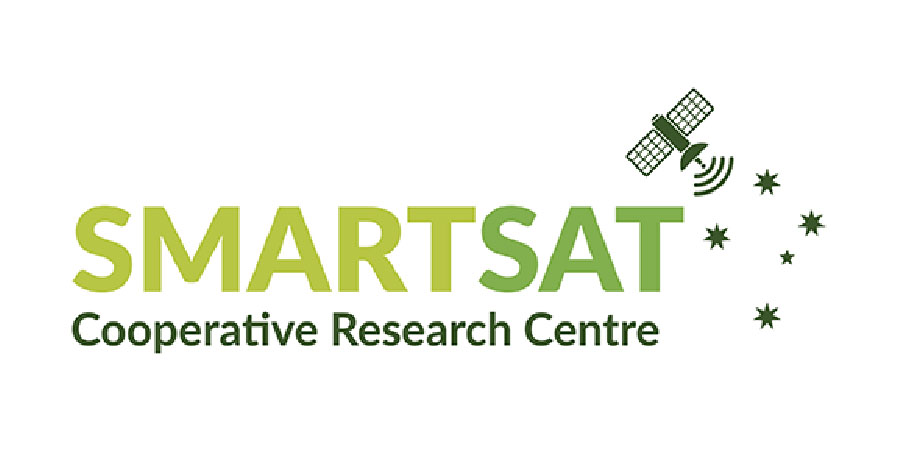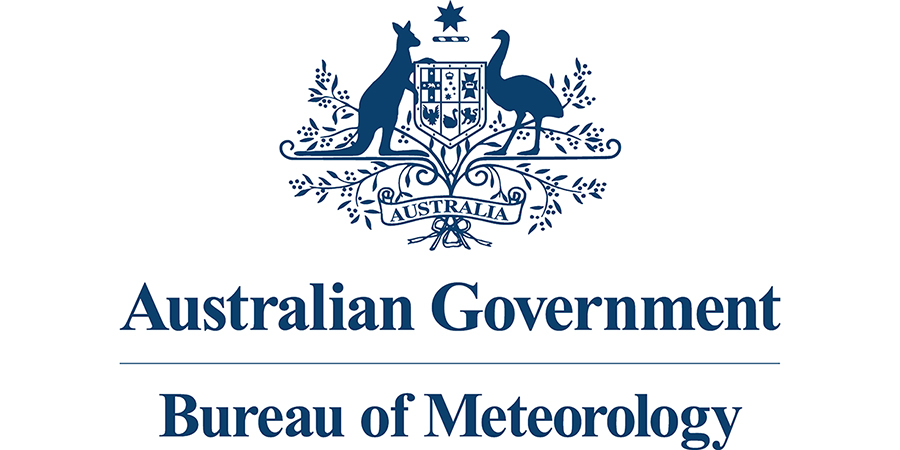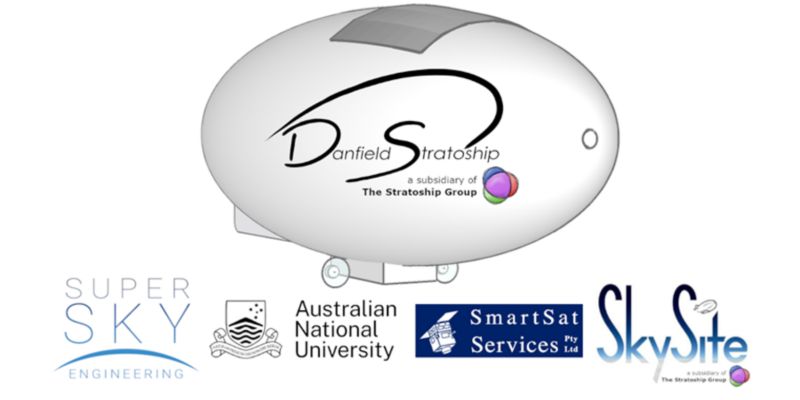PACITS test flights in Cloncurry.
The HAPS Challenge Phase 3 took place between November 2021 and 2022, with the sole participant in this phase, PACITS, led by DanField Stratoship Pty Ltd.
Despite numerous challenges, PACITS undertook development, regulatory and operational activities over the period of Phase 3, with key achievements including:
- Platform and sub-systems construction;
- Securing CASA exemptions for the flight trials in collaboration with QinetiQ and the Cloncurry Range (Queensland Flight Test Range);
- Two envelope inflation tests in May and July, providing confidence in the integrity of the envelope and helping to refine inflation procedures;
- Development and testing of individual systems, including buoyancy control, flight termination, mission avionics, propulsion, flight control; and
- Achieving key operational milestones, including pilot training, insurance, range and stakeholder engagement.
The PACITS syndicate and partners mobilised to Cloncurry in October 2022 with payloads and the Stratoship platform developed through the HAPS Challenge. After a period of flight preparation PACITS awaited a flight window that would meet meteorological conditions and flight approvals. Two Stratoship launch attempts were made, the second on 12 October was initially successful, however had to be terminated due to flight performance and airspace constraints. The system was recovered in full, and some minor damage consistent with landing impact was identified. The flight, while not achieving the full objectives, provided rich learning outcomes for the future.
The HAPS Challenge was efficiently executed and leveraged considerable interest from both private and government partners. While the first flight was terminated early and couldn't therefore realise the full objectives of the Challenge, it provided Australian industry with an opportunity to invest in and develop a HAPS system and develop unique IP through the process. The Challenge format allowed a diverse group of stakeholders to work together on a problem of mutual interest.
The challenge built experience and capability, providing a springboard for the PACITS consortium to achieve the performance targets with further time and investment. This establishes the basis for further development of a capability that would provide persistent surveillance and services at a cost well below the conventional fixed wing solutions being considered, providing an opportunity to operate at a scale and at an investment level that could provide a transformative capability option for the nation.
Power and Control in the Stratosphere (PACITS) was led by Danfield Stratoship and supported by a team The Stratoship Group including its sibling company Skysite, SuperSky Engineering, SmartSat Services and the Australian National University.
HAPS Challenge management incorporates (Sir Lawrence Wackett Defence & Aerospace Centre – RMIT, SmartSat CRC, Trusted Autonomous Systems and RAAF Air Warfare Centre) supported by the Bureau of Meteorology.
High altitude technologies taking off in Queensland!
On Friday 22 July in a large exhibition hall in Brisbane, an innovative Queensland company, DanField Stratoship undertook a demonstration inflation of a stratospheric air ship.
The inflation demonstrates the technical status of the Stream 1 of the Challenge (Automated of Autonomous HAPS Platform Station Keeping & Constellation Maintenance) under the Power and Control in the Stratosphere (PACITS) project. This is currently in Phase 3, Prototype Development & Demonstration. PACITS is led by Danfield Stratoship and supported by a team The Stratoship Group including its sibling company Skysite, SuperSky Engineering, SmartSat Services and the Australian National University.
Update and commencement of Phase 3
The HAPS Challenge management (Sir Lawrence Wackett Defence & Aerospace Centre- RMIT, SmartSat CRC, Trusted Autonomous Systems and RAAF Air Warfare Centre) supported by the Bureau of Meteorology, wish to announce progress of one team to Phase 3 – Prototype Development & Demonstration in Stream 1 - Automated or Autonomous HAPS Platform Station-Keeping & Constellation Maintenance.
Stream 1, Phase 2 concluded with the Power And Control In The Stratosphere (PACITS) project team providing compelling evidence of their ability to translate their novel design to manufacturing and future trials that will contribute to developing sovereign capability. The PACITS project is led by Danfield Stratoship – part of The Stratoship Group – and supported by a team including its sibling company Skysite, SuperSky Engineering, SmartSat Services and the Australian National University.
HAPS Challenge management congratulate the PACITS team and thank all entrants in the challenge for their efforts to date. Consideration of Phase 3, Stream 2 - Automated or Autonomous Attitude Determination & Correction of Payload Support Structure, remains underway and expected to be announced early in 2022.
Calling for Self-Funded New Entrants HAPS Challenge Phase 2 – By 8 October
The HAPS Challenge remains open in both Streams for self-funded entrants in Phase 2 (Engineering) who will then be considered to progress to Phase 3 (Prototype Development & Demonstration) with potential funding in that Phase. Submissions are due by 8 October. Applicants that did not enter Phase 2 via Phase 1 must complete Form A and include it with their submission. Details of the required submission contents are contained in the HAPS Challenge Guidelines and other supporting background information is available at The HAPS Challenge site. The submission should be in the form of *.pdf documents for ease of compilation. Enquiries should be directed to HAPS.Challenge@tasdcrc.com.au. An information session is proposed for 25 August. Details to join and the confirmed time will be provided to interested parties that register here.
HAPS Challenge update on Stage 1 - Concept
Applications for Phase 1 of the High-Altitude Pseudo-Satellite (HAPS) Challenge have now closed with six excellent entries having been assessed and successful entrants now being notified.
Congratulations to the three selected Australian SMEs that now progress into Phase 2 – Engineering. The successful entrants are pushing technologies to deploy HAPS at low-cost for persistent missions. Phase 2 will last four-months, with the entrants undertaking an engineering design study, mostly document based, in preparation for further development, testing and trials in Phase 3- Prototype Development and Demonstration.
Australian companies not funded under Phase 2 remain welcome to apply for Phase 3 entry by completing Phase 2 activities in line with the Guidelines.
HAPS Challenge management (Sir Lawrence Wackett Defence & Aerospace Centre - RMIT, SmartSat CRC, Trusted Autonomous Systems and RAAF Air Warfare Centre) commend and thank all entrants for their applications and we look forward to seeing the progress of the selected HAPS Challenge teams.
HAPS Challenge management is also very pleased to welcome the Bureau of Meteorology as a supporting agency of the HAPS Challenge through the provision of meteorological datasets that will assist participants to develop, verify and validate designs.
The Bureau of Meteorology is Australia's source of world-class environmental intelligence. Drawing on weather, ocean, water, climate, and space expertise, the Bureau's National Security Program directly supports Australia's national security agencies to protect the lives and livelihoods of Australians, and support Australia's national interests.





